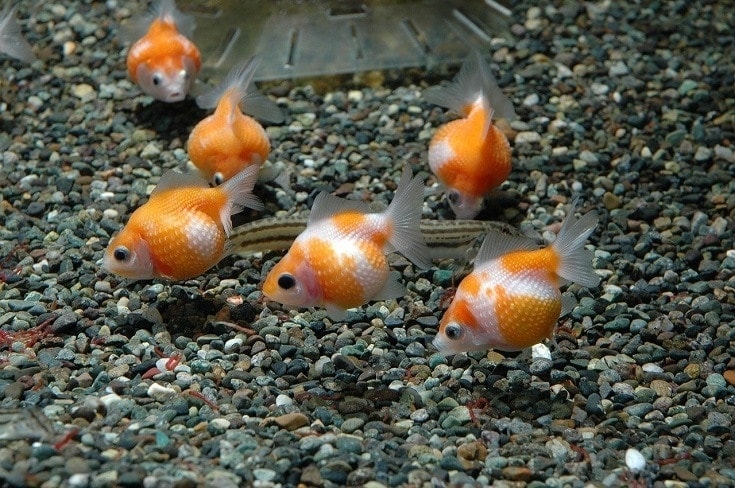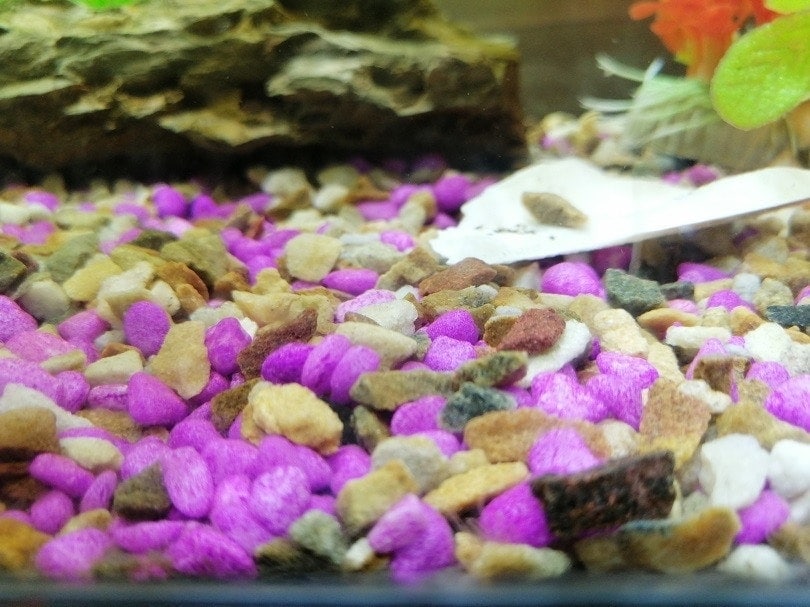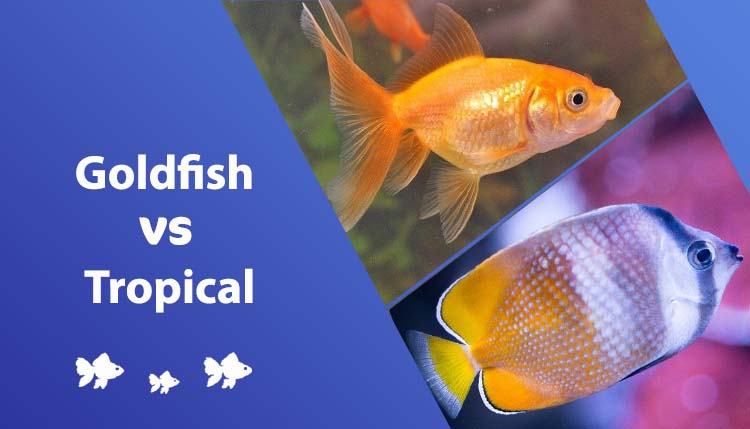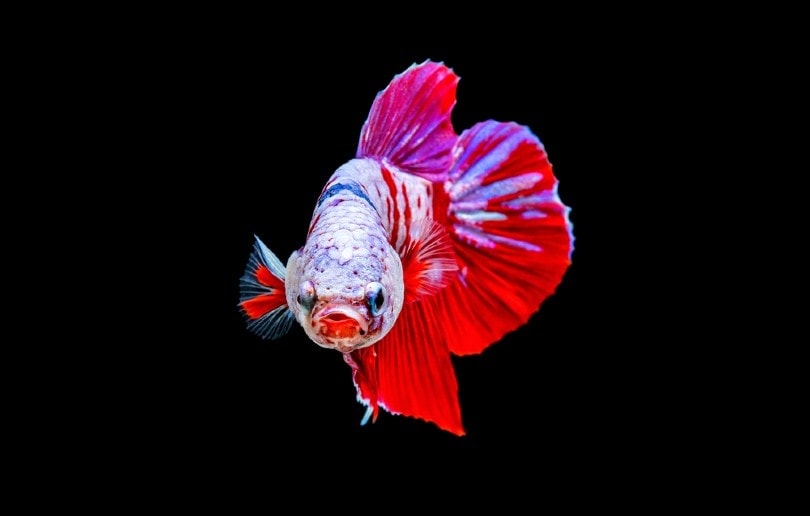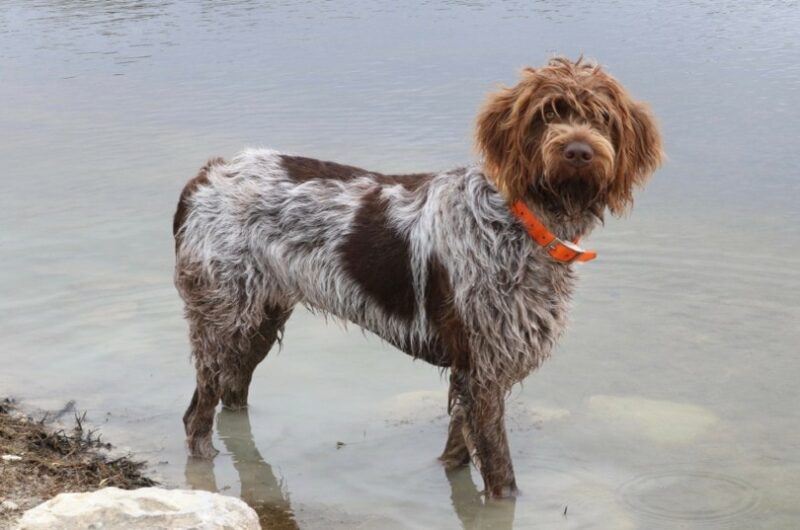Duckweed Aquarium Plant: Care, Planting & Growing)

Updated on
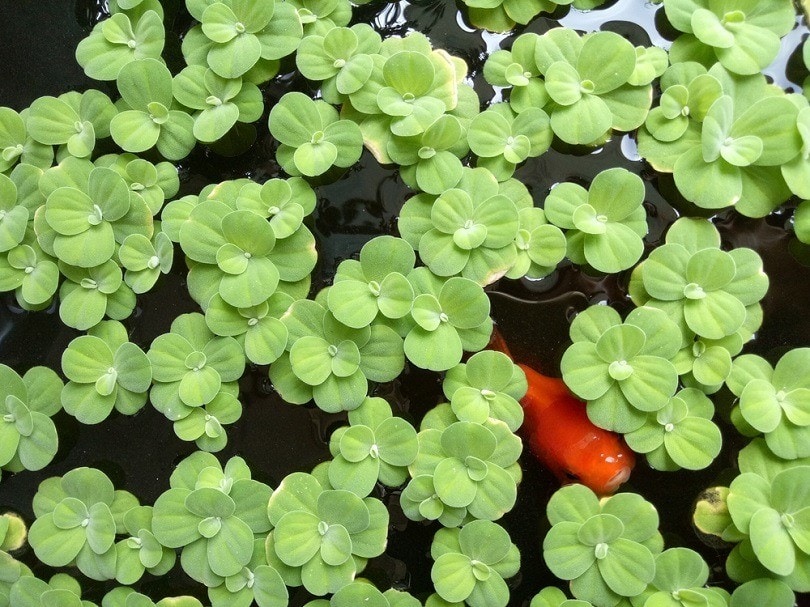
Duckweed is a neat aquatic plant that experiences explosive growth rates. It is one of the best floating plant options, but it does require some maintenance to ensure it does not take over the tank.
Many fish will enjoy snacking on duckweed in their tank and it is easy to keep plenty in stock for them. Some people even keep a separate tank or bowl of water for duckweed reproduction.
While duckweed is easy to grow and improves water quality, it also has some negative attributes. Duckweed has a delicate appearance and may seem innocuous, but there are important things to consider when you may want to add duckweed to your tank.
Useful Information About Duckweed
| Family Name: | Araceae |
| Common Name: | Duckweed, water lentils, water lenses, bayroot |
| Origin: | North America, Asia, Africa, Europe |
| Color: | Green |
| Size: | 0.25–0.5 inches |
| Growth Rate: | Very Rapid |
| Care Level: | Easy |
| Lighting: | Low to high |
| Water Conditions: | 50–90˚F
pH 5.0–9.0 |
| Minimum Tank Size: | 2 gallons |
| Supplements: | None |
| Placement: | Floating |
| Propagation: | Budding |
| Compatibility: | Water with little to no current |

Duckweed Appearance

Duckweed is a cute, tiny aquatic plant that floats on the water’s surface. It consists of three small leaves, usually ⅛ inch in length, with the entire plant usually staying below ½ inch. It has a clover-like appearance due to the three-leaf arrangement.
Duckweed is light to medium green in color and has little color variation. It does not produce flowers. It has a small, white root that dangles into the water and usually is not more than an inch or two in length.
This plant increases in size and number rapidly. Rarely is a duckweed plant alone, tending instead to stay in plant groupings. In low-current environments, duckweed will grow in a carpet-like fashion on the water’s surface.
Where to Find It?
There are multiple varieties of duckweed, but common duckweed is native to North America, Asia, Africa, and Europe. It currently exists in almost every freshwater, slow-moving environment on the planet except in arctic temperatures.
Duckweed is easily purchased online from aquatics stores. Some aquatics or pond stores may also sell it, but due to its invasive nature, it can be difficult to find for sale in some areas. It is illegal to sell or purchase duckweed in Alabama, California, Massachusetts, Oregon, North Carolina, South Carolina, and Vermont.
General Care
Duckweed is possibly the easiest care aquarium plant. It can survive inhospitable environments and help improve the water quality in them.
Duckweed does not require any nutrient supplementation. It also does not require CO2 supplementation. It uses its roots to absorb nutrients present in the water, which makes it a good plant choice for tanks with a lot of waste.
This plant is delicate and can be knocked underwater by water flow and fish. It will float back to the surface but will not grow well if this continues to happen. This can be prevented by putting duckweed in tanks with little surface movement.
Duckweed can survive in almost any lighting. It is a low-level plant, so it does not have many structures that require energy, like flowers and stems. It is able to use any energy and nutrients it absorbs from its environment to reproduce.

Habitat, Tank Conditions & Setup
Tank/Aquarium Size
Due to its petite size, duckweed can be grown in almost any size tank. It is generally recommended to only be kept in tanks over 2 gallons due to how difficult it can be to control in ideal growth environments.
Water Temperature and pH
Duckweed is exceptionally hardy and can survive temperatures between 50–90˚F. It grows best around the middle of this range. It can also survive in pH levels between 5.0–9.0, but it prefers to stay in pH levels between 6.5–7.0.
Substrate
This plant is a floating plant and does not require substrate. Its roots will not reach the bottom of a tank, so it is unlikely to grow into the tank substrate.
Plants
Duckweed has such an extensive range of environments it can survive in that it means it can be kept with a very large number of plants. Since it can take over the surface of the water, it is best to keep it as the only surface plant in the tank. It may grow enough cover to block lighting to plants below, so it is best kept with plants that have low lighting requirements.
Lighting
Duckweed can survive almost any kind of lighting, from low to high. It grows fastest in high lighting in warm environments.
Filtration
Duckweed prefers water with little to no movement. It may get knocked underwater by filters and can get stuck in filter intakes. It is best kept with no filtration, but in tanks that have filtration, airline tubing or other similar floating items can be used to trap it in a specific area.

Planting Tips
Planting duckweed takes no effort at all. If you can drop a duckweed plant root-side down into the water, you can plant duckweed! There are not any special tips or tricks to getting duckweed settled into still water or low-current water.
Duckweed may need to be corralled into areas away from filter outputs, which can be the trickiest part of getting duckweed settled into your tank. Airline tubing is a great choice for this project, but any aquarium-safe, lightweight floating item can work. Floating fish feeding rings can also be used for this purpose.
The 5 Benefits of Having Duckweed in Your Aquarium
1. Improves water quality
Duckweed is one of the best aquarium plants for the absorption of waste products from the water. It thrives on nitrate and nitrites in the water. This is essential in tanks with high bioload, like goldfish tanks or overstocked tanks. Like other aquatic plants, duckweed helps improve oxygenation in the water which helps maintain the health of aquarium pets.
2. Grows and reproduces rapidly
Duckweed grows unbelievably rapidly. It can double in size in under 24 hours in the right conditions! This growth rate makes it an excellent choice if water surface coverage is what you want in your tank.
3. Reduces algae
Duckweed can grow thick enough on the water’s surface to decrease lighting in the tank, which will help prevent algae blooms. It also rapidly absorbs nutrients from the water that algae may use for growth, effectively inhibiting algae growth.
4. Great for grazers
Goldfish love grazing but can quickly decimate aquarium plants. This makes duckweed a top-notch option for goldfish tanks, as well as tanks with other grazers. Goldfish will eat the roots and leaves of duckweed plants, but it reproduces so quickly that they will struggle to kill off all the plants before they have a chance to grow back.
5. Hardiness
Duckweed is such an adaptable plant that it can survive in cold water environments and tropical environments, as well as acidic to alkaline environments. It is not sensitive to changes in water parameters.
Concerns About Duckweed
With its rapid growth rate and ability to survive harsh environments, duckweed is extremely invasive. It can take over tanks, ponds, and natural waterways in a matter of days or weeks. In natural environments, this can have devastating effects on the ecosystem.
If allowed to grow too thick on the surface of the water, duckweed can kill aquatic pets. Duckweed is a low-level plant, so during the day it photosynthesizes and produces oxygen. However, at night or in dark environments, it will use oxygen in the water.
This means that too much duckweed in a tank that does not have adequate oxygenation and filtration can be dangerous to the tank. Since duckweed prefers minimal water movement, this creates a catch-22 of increasing surface movement to improve oxygenation. Ideally, duckweed growth should be closely monitored and managed by removing as many plants as needed to maintain a
healthy, safe tank.
Final Thoughts
With duckweed, it’s important to take all of this information into consideration before bringing it home to your tank. Once you have duckweed, it is extremely difficult to completely get rid of it. It can get stuck behind and under items in tanks, allowing it to continue growing and reproducing when you think it’s gone.
The hardiness of duckweed makes it a great choice for aquarists who are beginning to keep aquatic plants. However, the pros and cons of this plant should be weighed carefully. Duckweed is an excellent addition to some people’s tanks, but it may not be the best fit for your tank.
Featured Image Credit: Sorakrai Tangnoi, Shutterstock

